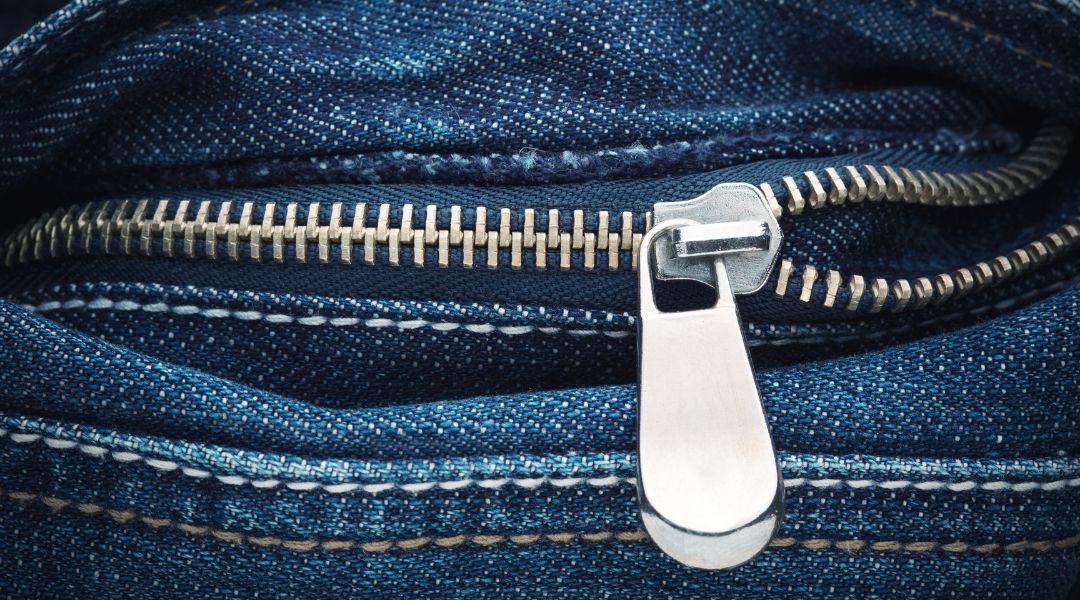
When you’re designing your own clothes, choosing the right zipper might confuse you. Understanding the small differences of zippers that any sewer should know will aid your efforts in making the best attire possible.
The zipper that sewers use most often is an all-purpose zipper. It has small teeth and is generally light, with an end featuring a lock that keeps the zipper tape from falling apart. Most articles of clothing use this style of zipper as a closure. For a seam to bend or move with the line of a garment, you’ll need a heavy-duty fastener.
Sewers usually employ invisible zippers for formal wear, as they don’t obstruct the flow of a garment. An invisible zipper has fine teeth that one must sew into the item, hiding it in the seam. The only visible portion is the pull tab, which is usually smaller or less intrusive than those of other zippers.
Invisible zippers aren’t as long as all-purpose zippers, nor are they as colorful. However, any color will do because you can hide them in the seam. Lastly, using special sewing machine feet to stitch an invisible zipper is best, as the feet keep the coil still to hide the stitching.
Separating zippers—you guessed it—separate at the bottom. The type of dividing zipper you may need depends on its length and weight. Metal zippers are heavier than polyester or plastic tooth zippers, and they could weight down something light such as a fleece jacket. In contrast, a heavyweight wool coat would benefit from a metal zipper’s strength and stiffness.
Jean zippers feature brass teeth and a limited slider for a smooth cover flap. This zipper is sturdy and durable, matching jeans’ longevity. Unlike nylon coil and plastic-molded zippers, the strong brass jeans zipper has a nose that closes the asymmetrical seam, so the slider must face the right way.
Some clothing items have unique zippers that only work on that particular item. For example, sleeping bags have extra-long separating zippers that may reach 100 inches long. On the other hand, some materials have small zippers that are only 4 inches long—you’ll likely find those on children’s dolls. Finding these specialty zippers in a retail store is nearly impossible, so you might have to go to a fabric store or look online.
Knowing the small differences of zippers that any sewer should know helps any seamster in their endeavors of selecting the appropriate fasteners. If you need the most effective zipper pull replacement for your project, FixnZip has a vast selection of options available that will suit your needs!
